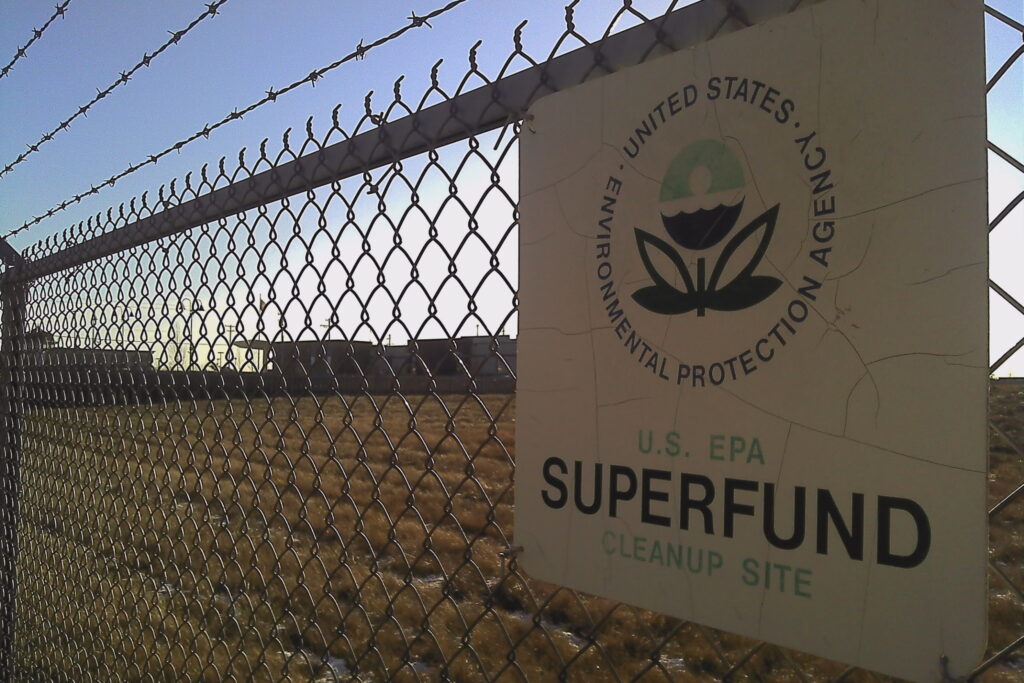
The scientific consensus on exposure to ionizing radiation has long held that no ‘risk-free threshold’ exists, and that even low doses can increase an individual’s risk of developing cancer.
This understanding – that no radiation exposure is without risk – is central when defining acceptable occupational radiation exposure limits. Government agencies use it as a baseline when in identifying locations so contaminated or hazardous as to qualify as a “Superfund” site (and thus be granted special funding and attention for cleanup and remedial actions).
However, in contradiction to those best-known practices, the Trump administration issued a baffling new interpretation on what it considers acceptable radiation exposure. The new interpretation allows the administration to reclassify “high-level radioactive” as less of a threat, allowing the Department of Energy to abandon their responsibility to clean sites in the U.S. that are contaminated with what is known to be (despite the new interpretations claims) highly-radioactive waste.
Status
June 5th, 2019 REGULATION WEAKENED
Regulation weakened as the EPA issues a new interpretation of “high-level radioactive waste”. A proposal to raise occupational radiation exposure limits has also been put-forth, but not yet adopted.
Notables
- The new rule allows the DoE to abandon its prior obligations to properly dispose of over 100 million gallons of high-level waste from sites in Idaho, South Carolina, and Washington state, among others.
Energy Department solution for radioactive waste: downgrade its danger | NRDC (6.5.19)
- EPA appoints scientist Brant Ulsh, who argues for easing radiation exposure limits to be the Chairman of the EPA’s Radiation Advisory.
Skeptic of radiation limits will head EPA radiation panel | Associated Press (2.1.19)
- Relaxation of radiation limits tucked into ‘Science Transparency Bill’; FDA itself suggests that a dose of 10 millisieverts may increase risks of fatal cancer by about 1-in-2,000 chance.
Trump’s EPA moving to weaken regulation on radiation exposure | PBS (10.2.18)
- The EPA edited its online exposure guidance, dubiously stating the low individual odds of cancer: “According to radiation safety experts, radiation exposures of… 100 millisieverts usually result in no harmful health effects, because radiation below these levels is a minor contributor to our overall cancer risk”.
EPA rethinking radiation regulation | Associated Press (10.3.18)
Image credit: Markzvo